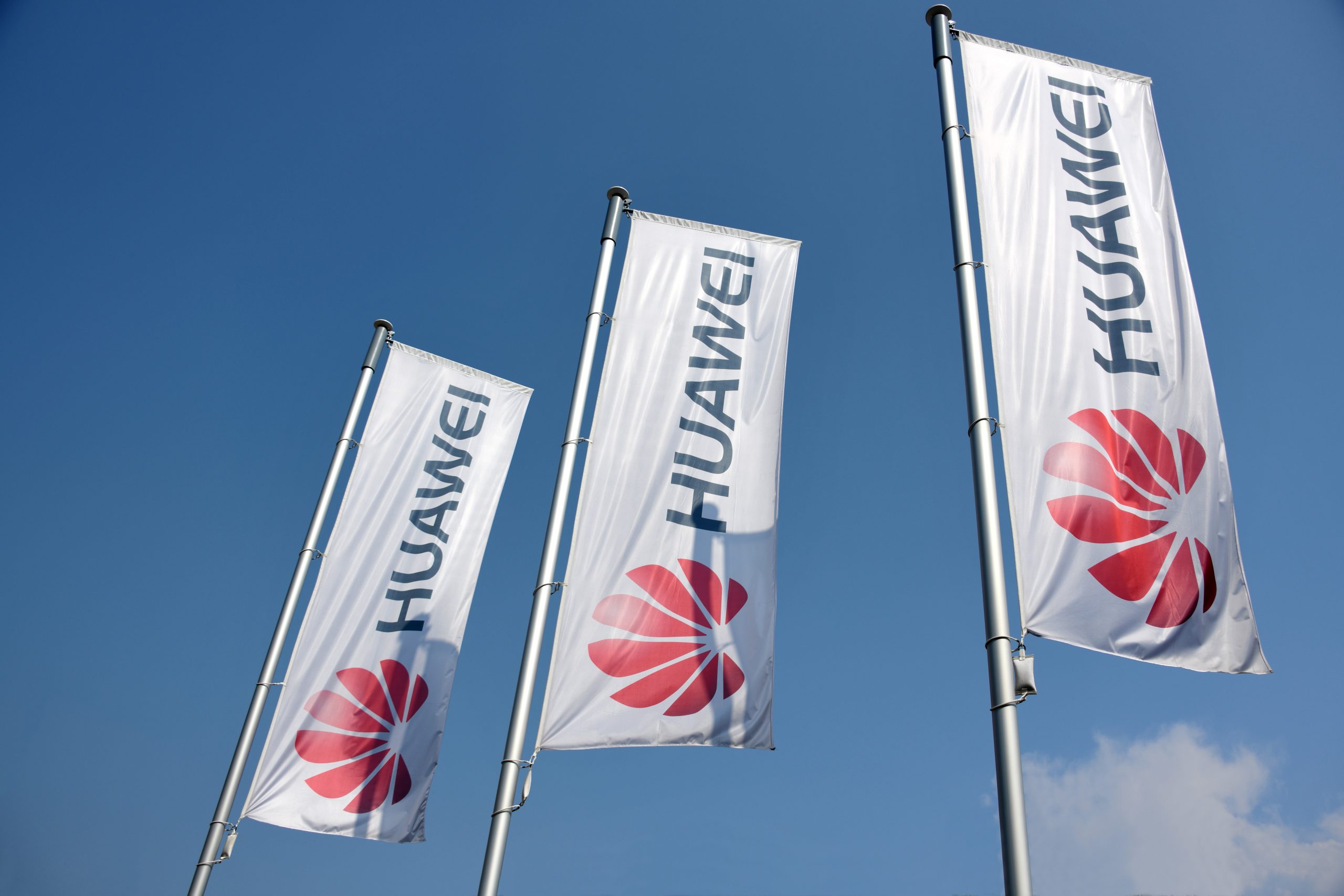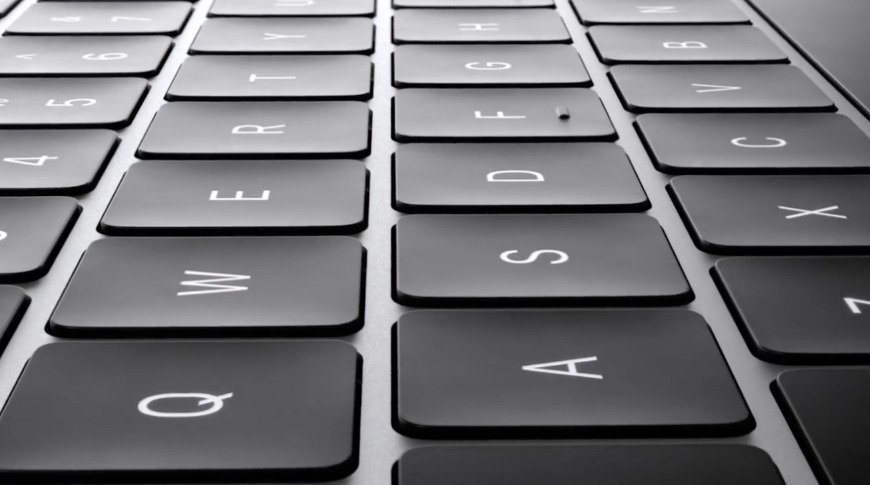Blood sugar monitoring is a key health metric—it’s thought Apple has been trying to find a way to build it into the Apple Watch for years. Now, the Finnish maker of the Oura Ring has announced a partnership with U.S. company Dexcom, so that the smart ring can give users deeper insights about blood sugar levels.
Oura RIng 4 in six colors.
This is not through clever new sensors in the Oura Ring, which has just been released in its Generation 4 model in the last few weeks, promising improved levels of accuracy. Rather, new integrations will enable data to move between Dexcom glucose biosensors, Oura Rings and the apps that work with each. In other words, you will need both the Dexcom and Oura Ring hardware for the new features.
Dexcom said in a press release on Tuesday, Nov. 19, “Partnering with ŌURA gives us the opportunity to redefine the category again, integrating data from Dexcom glucose biosensors with the continuous insights and metrics measured by Oura Ring. This powerful combination will attract new shared customers who want to better understand the link between activity, sleep, nutrition, and their glucose.”
It means that the health insights from glucose data picked up by Dexcom can be combined with the health data collected by the Oura Ring. The ring monitors vital signs, sleep, stress, activity and heart health.
Connecting the dots between the two sets of data could reveal the link, on an individualized basis, between activity, food and blood sugar. In turn, this could lead to users taking more informed decisions about nutrition. As Tom Hale, ŌURA’s CEO, puts it, “Ninety-seven percent of Oura Members have expressed interest in understanding how the food they eat impacts their health. This partnership with Dexcom will enable us to empower our members to make informed decisions and adjust behaviours to positively impact their biometrics and long-term health. Working together, ŌURA and Dexcom will help members decide what and when to eat by surfacing correlations between activities like sleep and exercise and members’ glucose levels. And because we know that people are affected differently by the same foods and activities, guidance and insights will be personalized.”
The plan is that the app integration will first appear in the first half of 2025.








/cdn.vox-cdn.com/uploads/chorus_asset/file/24347781/STK095_Microsoft_03.jpg)

